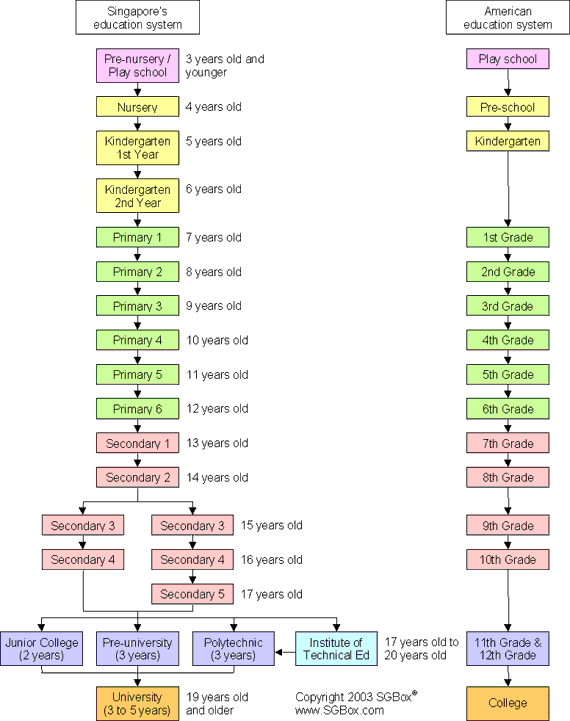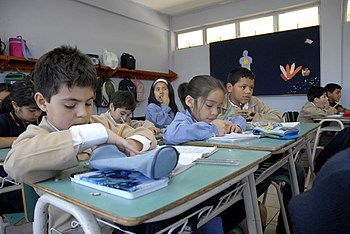
If you're looking for a reliable eSignature solution, signNow is your answer. The powerful form editor makes it easy to personalize your How To Apply Student Loan. Once you've uploaded your How To Apply Student Loan document you can access it in the form editor by using Edit & Sign. Add new fields, save and email your completed document or download it. You can also invite others to eSign the document.
Federal student loan
For college success, it is important to know how to apply to federal student loans. While it is possible to borrow the entire amount of your education, it is not recommended, especially if you have other sources of funding. A student loan may be used to cover tuition and living expenses. You should calculate the total cost for attendance and subtract any available resources from the final price. Your loan can be repaid later if the amount borrowed is less than its full value.
If you need a loan for your education, you can fill out a FAFSA and apply for a Direct Unsubsidized Loan. Talk to your school’s financial aid office once you have completed the FAFSA. After your application has been approved and reviewed, you will receive your Student Aid Report (SAR). This should take no more than two weeks. Schools use the SAR for determining how much you are eligible. Depending on your school's requirements, you may also submit an online application through CollegeBoard.

Cosigner
It is possible to obtain a student loan without having a cosigner. However, it is important that you understand the consequences of this. This arrangement can damage your credit and cause you to have a bad relationship with your cosigner. Cosigners may be required if you require financial assistance for college. If this is you, speak with a lender.
Make sure you inform your cosigner of the options and payment plan. Make sure they know how they can reach out to you with questions. Make sure you tell them you have done your research and explored other financial options. If you want to avoid awkward conversations later, it is a good idea also to make a separate agreement. Cosigning is a significant commitment. Make sure you have a separate agreement with your cosigner before asking them to sign.
Minimum credit score
When approving loan requests, lenders will consider the credit score of the borrower. The minimum credit score is a good indicator of the applicant's likelihood of approval. However, it is not a guarantee. Students with credit scores below 649 will find themselves with limited options. Although it is possible to qualify for a student loan even with a low credit score, a cosigner will probably be needed. This is true, but there are still other options.
It is recommended that your credit score be at least 670 if you want to borrow private student loans. Private lenders will not reveal your credit score guidelines to you if you are applying. Some lenders may also offer prequalification services, so that you can determine if you are eligible without having to have your credit score checked. This can help you save money and prevent your credit score from being damaged. Private student loans require a credit score of 600 to 700.

Income requirements
Before you can be approved for a student loan, most lenders require that you have stable income. While new students might not have the time or skill set to make a substantial income, they are generally more likely to have a higher debt-to-income ratio. While this is a factor, you can still find ways to earn money while you're in college. Part-time jobs can be found and you can also apply with a cosigner to reduce the monthly repayment amount.
Federal government agencies have limited authority to view information about applicants and student loans. There are rules that govern information sharing between agencies. If you want to apply for an income-driven payment plan, you will need to provide a copy of your tax return on paper or a link. In some instances, income from parents may be considered. This applies only to one-year or graduate degree programs.
FAQ
What's the difference between private and public schools?
All students have the right to free education in public schools. They provide education from kindergarten through high school. Tuition fees are charged by private schools for each student. They offer education from preschool through college.
There are also charter schools, which are publicly funded but privately run. Charter schools are not bound by traditional curricula. Instead, charter schools give their students more freedom in learning what interests them.
Parents who believe that their children should be able to access quality education no matter what their financial situation are fond of charter schools.
Is it difficult to become a teacher?
Becoming a teacher requires a major commitment. You will need to devote a significant amount of time to your studies.
While working towards your degree, expect to be working around 40 hours per work week.
You will also need to find a job that suits your schedule. Part-time jobs are difficult to find for students who want to balance school and work.
When you are hired for a full-time job, you will most likely be required to teach classes during the school day. You may even need to travel to different schools throughout the week.
What are some possible ways to receive scholarships?
Scholarships can be granted to help cover college expenses. There are many types available in scholarships. These include:
-
Federal Grants
-
State Grants
-
Student Loans
-
Work Study Programs
-
Financial Aid
Federal grants are direct from the U.S. government. Federal grants usually require applicants to meet specific requirements. You must, for example, demonstrate financial need.
Individual states can offer grants to state governments. These grants are not always based on financial need. Some states may offer them for specific reasons.
Banks and other lending institutions can issue student loans. Students usually borrow money to cover tuition and living costs.
Employers are encouraged to employ qualified students through work-study programs. Employers must pay workers at least minimum wage.
Financial aid is available to help low-income families pay for college. It covers all or most of the tuition costs.
What is the difference between school and college?
Schools are organized by grades or classes. Each teacher teaches a particular class. Colleges, which are often larger and offer more specialized classes, may also include university-level programs. While schools are more focused on fundamental subjects, colleges might offer a range of subjects such as arts, science and languages. Both levels have a curriculum that prepares students for higher education.
Statistics
- They are also 25% more likely to graduate from high school and have higher math and reading scores, with fewer behavioral problems,” according to research at the University of Tennessee. (habitatbroward.org)
- “Children of homeowners are 116% more likely to graduate from college than children of renters of the same age, race, and income. (habitatbroward.org)
- These institutions can vary according to different contexts.[83] (en.wikipedia.org)
- They are more likely to graduate high school (25%) and finish college (116%). (habitatbroward.org)
- In most developed countries, a high proportion of the population (up to 50%) now enters higher education at some time in their lives. (en.wikipedia.org)
External Links
How To
Where can I go to be a teacher?
Teaching jobs are available in public elementary schools, private elementary schools, public middle schools, private middle schools, public secondary schools, private secondary schools, charter schools, private and parochial (Catholic) schools, public and private (non-religious) daycare centers, and other settings.
To become a teaching professional, you will need to complete a bachelor’s degree program at any of the following universities:
-
A four-year college or university
-
An associate degree program
-
There are some two-year community colleges programs
-
These three types of programs can be combined
To qualify for certification for teaching positions, applicants must meet state requirements. These include passing standardized tests and completing a probationary period of work experience.
Most states require that candidates pass the Praxis II exam. This test assesses the candidate's reading, writing, mathematics, as well as language arts knowledge.
A lot of states also require applicants to have a specialized licence before they can be certified to teach.
These licenses are issued by the states' boards of education.
Some states grant licenses without requiring any additional testing. In such cases, applicants should contact their state's board for education to find out if it is possible.
Some states won't issue licenses to applicants without a masters degree.
Individuals in other states can apply for licensure directly to their state boards of education.
Licenses come in a variety of prices, lengths, and required coursework.
Some states only require a high school diploma while others require a bachelor’s degree.
Some states have specific requirements for training, such a literacy or child-development course.
Some states require that applicants have a master’s degree to become licensed.
Many states ask potential teachers about their past employment when applying to be certified.
You might mention that you have worked in another field on your application.
However, the majority of states will accept any previous work experience regardless of what job it was.
You may wish to list your previous job title, position, and years of service.
Potential employers will find this information helpful.
It shows that they have relevant skills.
You may have gained valuable work experience and new skills while working.
Your resume can show this to future employers.